I am not sure how we got to October so fast. But it’s here. It’s everyone’s time of year to “Pink Out” and raise awareness for Breast Cancer!! And where I support that wonderful cause…
I also stand in Blue and Yellow for Down Syndrome Awareness. I have that cute little girl that holds that cute little extra chromosome and is totally Rocking It this year!! We have entered into Kindergarten and we are turning 6 tomorrow!! Time is just flying right by us!!
If you have been following along through our story and journey you know we moved. If you haven’t you can get caught up quickly here and here. If you came for pretty furniture you can click on over here to Furniture Makeovers, but I am sure you will blessed either way by this sweet little girl!!
As the story goes, those sweet almond eyes and smiles continue to work so hard to be just like her peers. Her speech is coming along, but it still is still behind her friends. I went on a field trip just the other day with her class and came home both exhausted physically from keeping up with her unimpressed wandering ways and in the most transparent way- emotionally beat down. For the last 3 years of her schooling we have been in a PPCD classroom with children for whatever reason are delayed in some way. It had been a blessing for her to grow socially in those settings, but didn’t really encourage or challenge her much in the areas she was delayed most- speech. We moved for a better chance at inclusion. Knowing that receptively she was so smarter than expressively. Being in inclusion would allow her to be challenged by typical speaking peers and accountable for learning beyond what she had been given.
So as we are walking the community helper tour, through the post office, library, police station and fire station; I am hearing a lot of conversations and questions from her peers and realizing just how much she has to grow in that area. And my heart broke a little. I long for her to be able to tell me in full articulation and sentences what she wants, what she has done that day, and who she wants to go play with…. We still work on ending sounds and new words and putting together 3-4 word phrases that later can be sentences. We still use some signing in our most frustrated moments when she can’t quite tell me exactly what she wants. {Myth- they are always so happy!! She knows very well how to have an epic meltdown.} I wish we could walk around singing our life away in a living musical, because music unlocks every word she never could speak. In every way, she is so much like every other kindergartner in her class… and yet, in the largest way it’s so hard to see and know- because she can’t tell you. So, I cried and not just a little but a whole lot. But that makes me work that much harder to help her, even more, become the most she can be.
If you follow me on Instagram, you saw a few of these. She was so curious at the fire station. The young man tried on all the gear and talked to the children through his mask. Not afraid of any of it, she walked up to him asking “you okay? you hurt?” He was so kind as he removed all the gear, asking if she wanted to try on his boots. Well of course she did!! Made her day and mine… and by the smile on his face, I think it might have made his.
Speech Delay is one the most common delays among down syndrome children.
Developing clear speech for a child with DS is impacted by;
- Hearing difficulties
- Their anatomical and physiological differences (that is their hypotonia, small oral cavity, high arched palate, respiratory difficulties)
- Phonological difficulties
- Weak processing of auditory information.
” Although there are common speech and language problems, there is no single pattern of speech and language common to all children with Down syndrome. There are, however, speech and language challenges for most children with Down syndrome. Many children with Down syndrome have more difficulty with expressive language than they do with understanding speech and language, that is, receptive language skills are usually more advanced than expressive language skills. Certain linguistic areas, such as vocabulary, are usually easier for children with Down syndrome than other areas, such as grammar. Sequencing of sounds and of words may be difficult for many children. Many children have difficulties with intelligibility of speech and articulation. Some children have fluency problems. Some children use short phrases, while others have long conversations. All of the speech and language problems that children with Down syndrome demonstrate are faced by other children as well. There are no speech and language problems unique to children with Down syndrome. This means that there is a great deal of knowledge and experience that can be applied to helping a child with Down syndrome with his/her specific areas of challenge. Inclusion and community involvement promote interactive communication and provide models and communication partners.”
“Research and clinical experience demonstrate that some areas of language are generally more difficult for children with Down syndrome while other areas are relatively easier. Children with Down syndrome have strengths in the area of vocabulary and pragmatics (social interactive language). They often develop a rich and varied vocabulary as they mature. They have good social interactive skills and use gestures and facial expressions effectively to help themselves communicate. They generally have the desire to communicate and interact with people. Syntax and morphology (including grammar, verb tenses, word roots, suffixes and prefixes) are more difficult areas, possibly because of their complex and abstract nature. Children with Down syndrome frequently have difficulty with grammar, tenses and word endings and use shorter sentences to communicate. Most children with Down syndrome are able to understand much more than they can express. As a result, their test scores for receptive language are higher than for expressive language. This is known as the receptive-expressive gap. Children with Down syndrome learn well through visual means, so often reading and the use of computer programs focusing on language skills can help them learn. Seeing words and images associated with sounds and being able to read words can help speech and language develop. For some children, the written word can provide helpful cues when using expressive language.”
We have been in private speech therapy since she was 2.5 . I wish we would have known to fight for it sooner. I cannot express just how important it is to have early intervention in this area. Finding a private therapy center with a Speech Pathologist will be one of your best investments into your child’s future. The above lists some of the reasons children with ds have troubles with speech and language. For Mia, she is on her 3rd set of ear tubes. Fluid in her ears greatly reduces the sounds that she can hear and process. She has battled sinus infections and upper respiratory infections her whole life and is currently fighting one today. We use a joint combination of both speech and sign language for her to communicate along with pictures for those things she can’t sign. And yes she gestures and communicates with her pretty little facial expressions. In therapy, they are working hard to increase her intelligibility with articulation- producing all of the sounds of words so that she can be understood. So many of the words are there- but the ending sounds are lost and you don’t understand. I of course, completely understand… Working to add in verbs and produce longer sentences.
Her speech therapist, before we moved whom I loved, had always used pictures and spoken word to help her navigate a session. I have found in a book “Teaching Reading to Children With Down Syndrome: A Guide for Parents and Teachers” by Patricia Logan Oelwein so much great information that will continue to use some of the things that have already been a part of her learning. Using familiar tools will hold meaning for her to continue growing her education. Advocating for your child with down syndrome will be the greatest asset in their school setting. We have been extremely blessed this year with a teacher who believes and sees Mia in her {inclusive} classroom as an enhancement to the other children, as much as I find them to be enhancing Mia’s learning. Oh this does my mama heart such good!!
On the flip side of advocating for your child, I would be remiss if I didn’t honestly tell you what this feels like. This time of year we are busy filling out papers with questions on all of the stuff she isn’t doing- I know it’s to obtain services… But around here {home}, we live in the world of ALL the things she CAN do… high fives for every little step of development. Likely things I wouldn’t have allowed my other 3 children to do- but you know what… that’s just okay!! We are gearing up for her ARD tomorrow and I would much rather walk into a desert on a 100+ degree day in full eskimo gear than sit through talking about all the areas we need to strategize and improve upon. I know that this is the rest of our lives and I know she is going to do Amazing things!! And these meetings are important, they just seem so hard to get through. Now, if that isn’t just as honest as I can be??!! Sorry. Thank goodness for my husband, he is amazing in these meetings. I’ll be lucky if I don’t cry through the whole thing!!
Around our home things are still very much an every day learning environment. It doesn’t stop at school or therapy. We are constantly verbalizing everything we do and finding ways to get the vocabulary every growing within her. Finding ways to build upon skills. Each and everyone in the house is a little budding therapist. I remember her teacher saying to me “just be mom at home and let me be the teacher.” I know she meant well, and I adore her. But with every soaking up minute that she can be poured into, we are doing so. Which is what has made her the little Mia she is today. It’s not all bad. It often looks likes fun. But rather than taking a seat and watching her play; it means we walk along side her and narrate the play. Making sure to add in verbs and ask her what she is doing? The amount of organic talking increases when we are having fun… but we are still working.
She loves to play in the kitchen settings. She has a lot of words she can use in the kitchen.
Bubba is so good with her. He is helping to check her out in the store as she tells him the items in her cart.
She loves to play waitress. “What to eat mommy?”
Oh how she loves her animals. We love to pretend we are adopting pets and she loves to be a vet.
And sometimes it’s really doing flashcards…
And sometimes, it’s turning on YouTube and dancing around to Just Dance For Kids songs…. or playing duck- duck- goose on the trampoline like a typical kiddo. The JOY she brings us every day is a JOY I could never live without.
I cannot wait to share with you this month some of the things I am putting together to use in Mia’s classroom and here at home to help her in learning. Her learning style is much like other children. She loves to have hands on and visually she can learn so much better than auditory style learning. We are also learning how important that a meaningful connection attached to her learning will be for her. And how it will better help her to store the information so she can retrieve it later. It is fascinating the information I am continually learning, as I have to dig into ways to help her. All the things we as parents of typical kids take for granted. And to think that I already realized this with just infant and toddler stages… her educational setting is even more of learning phenomenon if you will. The brain is a very complex tool as we begin to take apart layers of understanding; to help us discover the best ways to encourage and develop new and lasting skills in Mia. I fall in love with each new phase we begin, I enjoy cheering her on and helping her grow. This is the part I am made for. Please just don’t ask me to fill out any more assessments this year…
Thank you for visiting today!! If you can’t wait to see and learn a few more things… be sure to follow me on Pinterest. I have a board all about Down Syndrome and it continues to grow as she does.
Resources from above quotes: http://www.ds-health.com/speech.htm
And for further information regarding Down Syndrome and Language and Speech information a great resource: http://www.ndss.org/Resources/Therapies-Development/Speech-Language-Therapy/Speech-Language-Therapy-for-Children–Adolescents-with-Down-Syndrome/
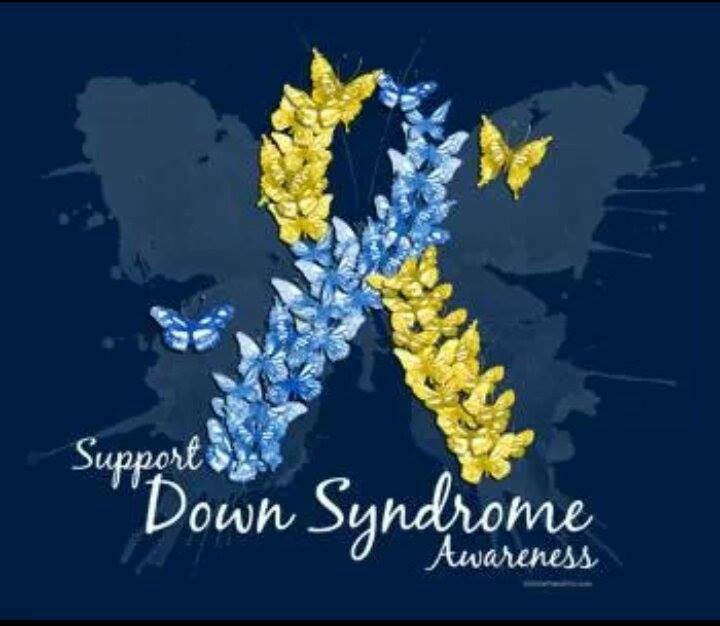
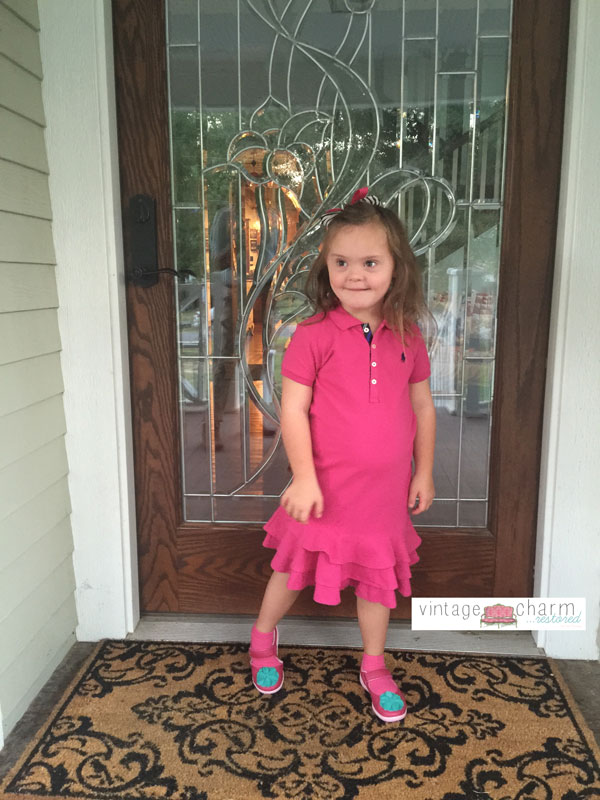
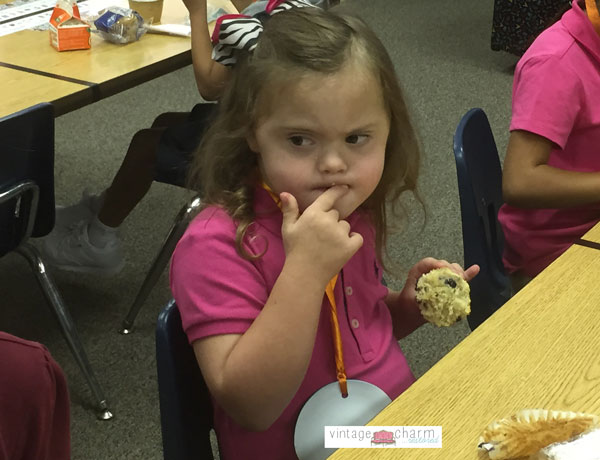
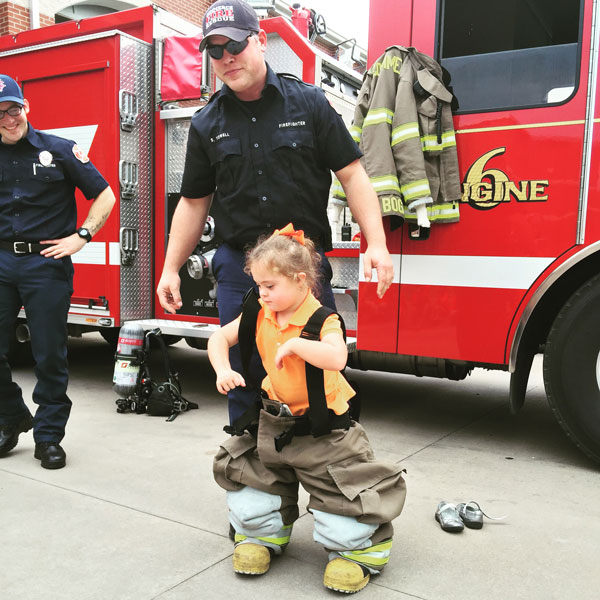
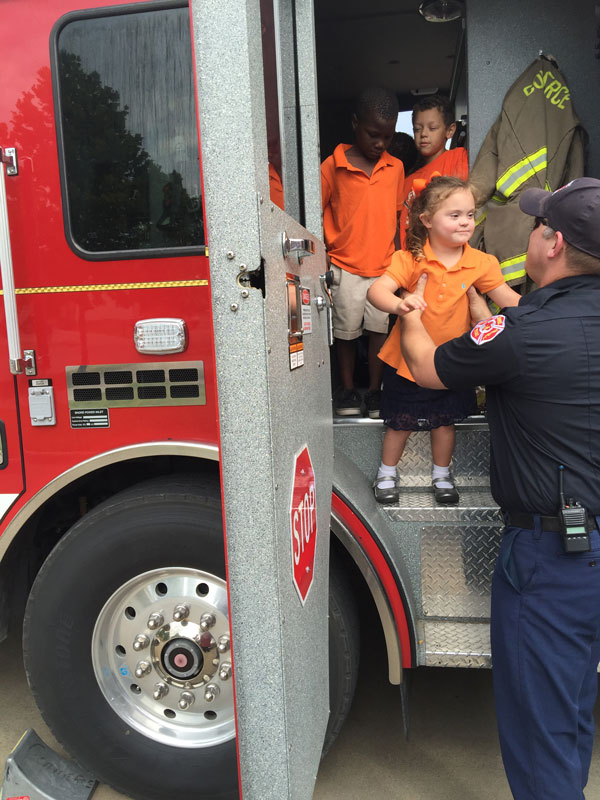
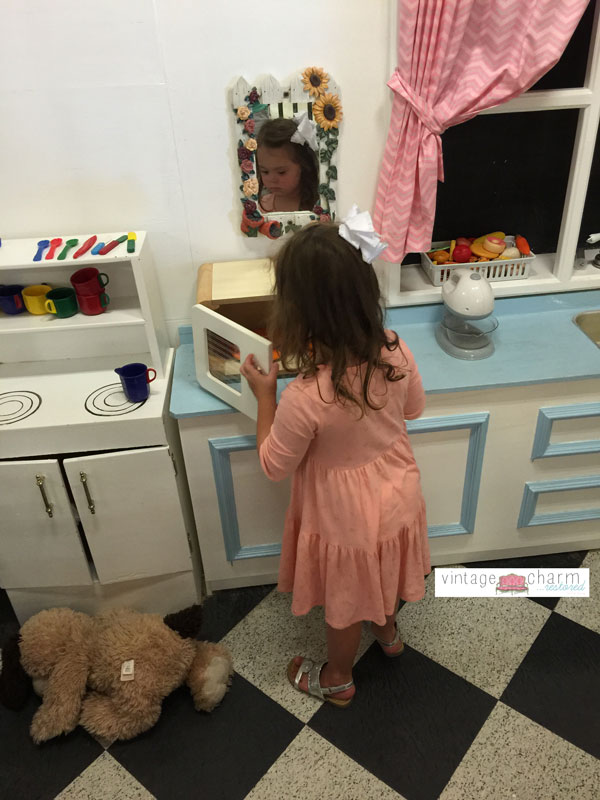
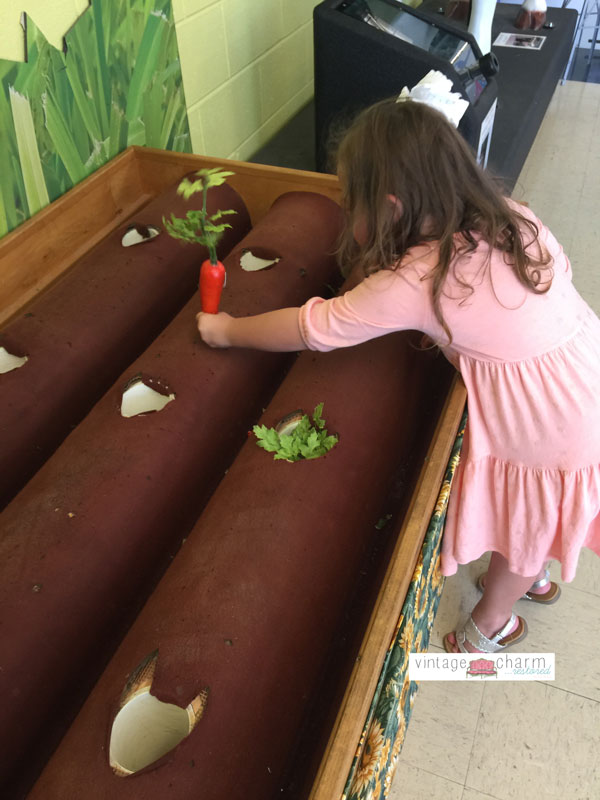
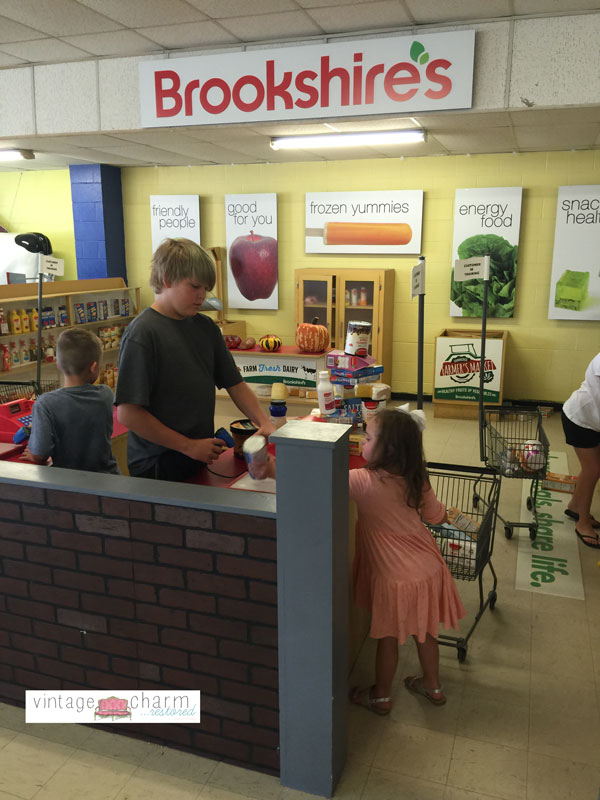
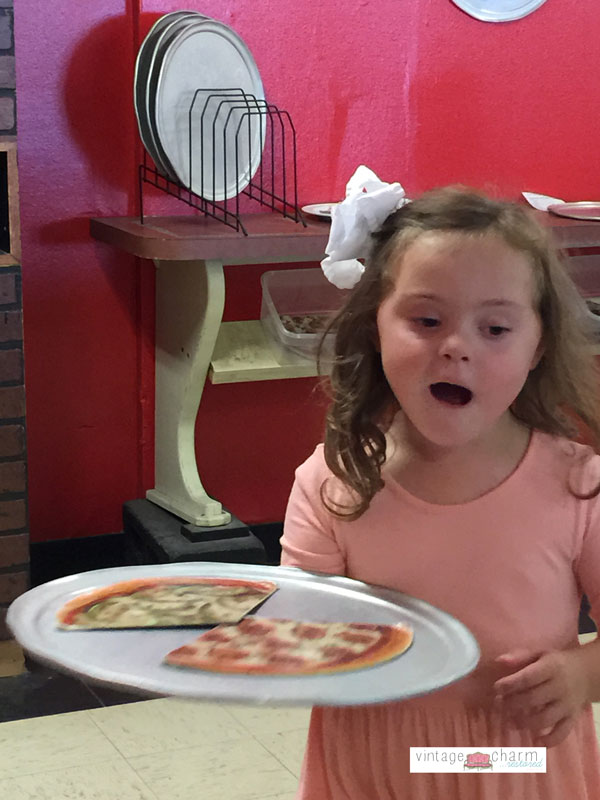
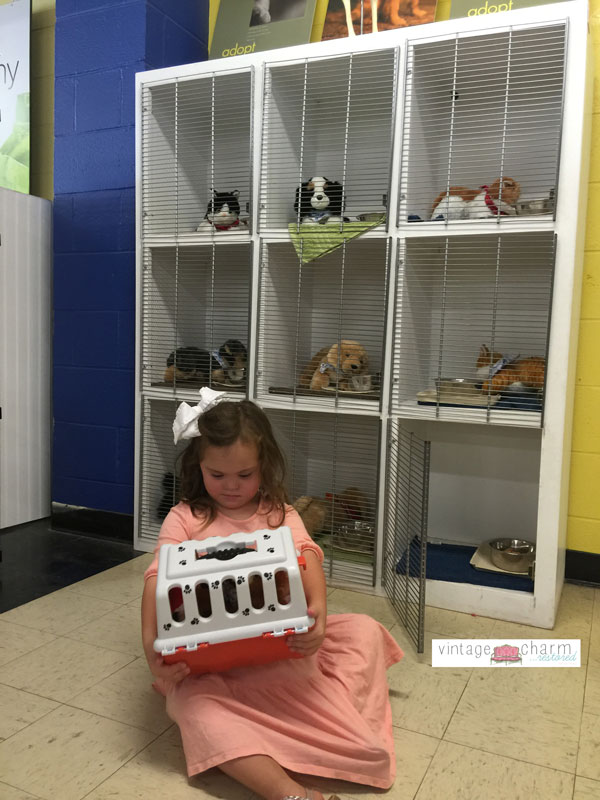
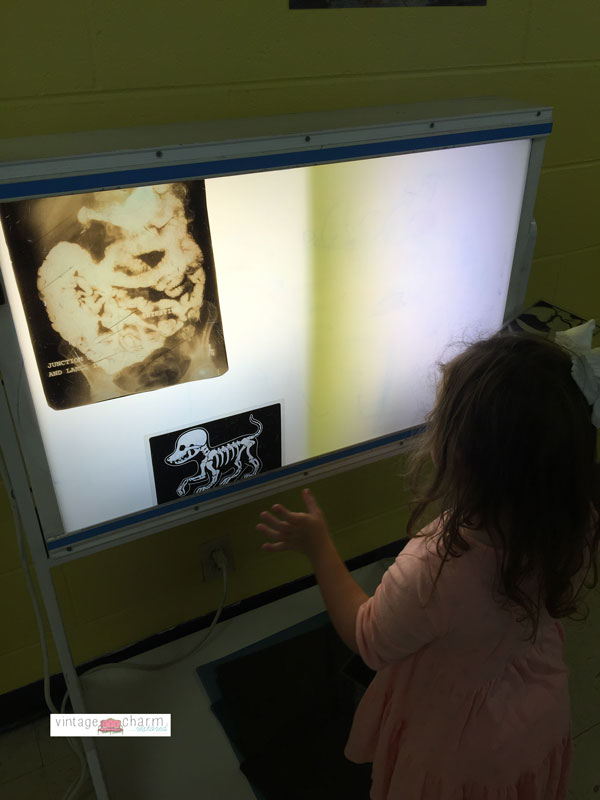
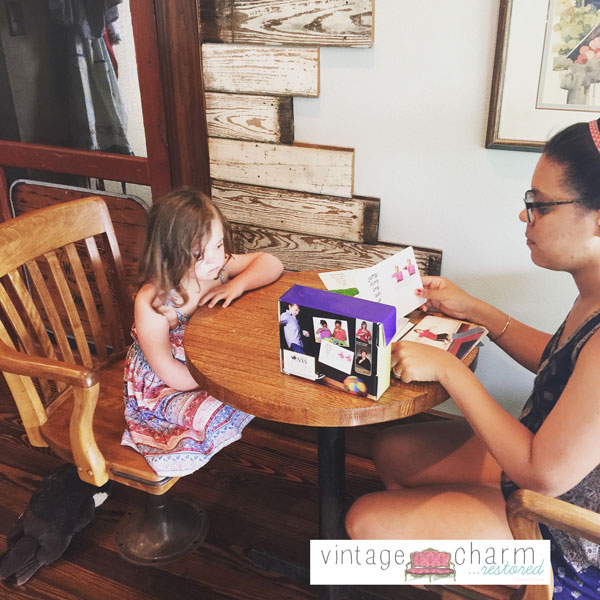
Love you so much Mama Lori! Beautiful update. Hugs all around!
[…] is Mia and her Kindergarten teacher Mrs Bland… so much […]